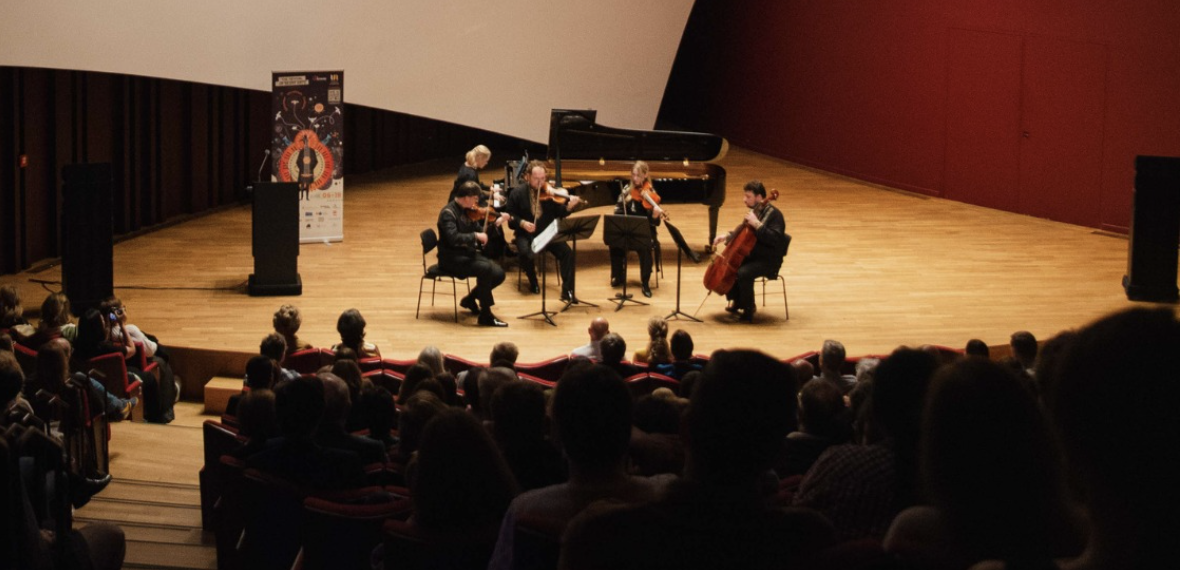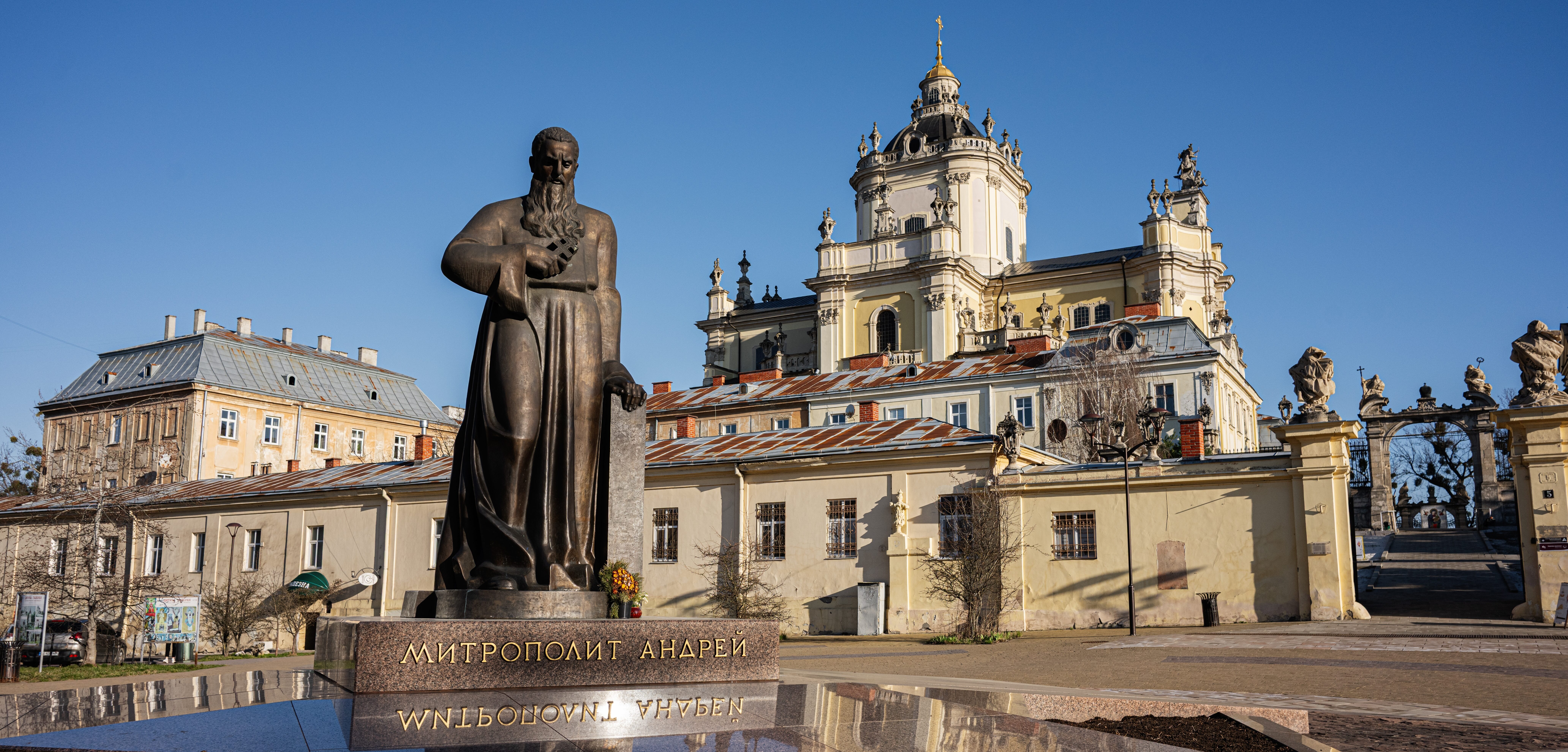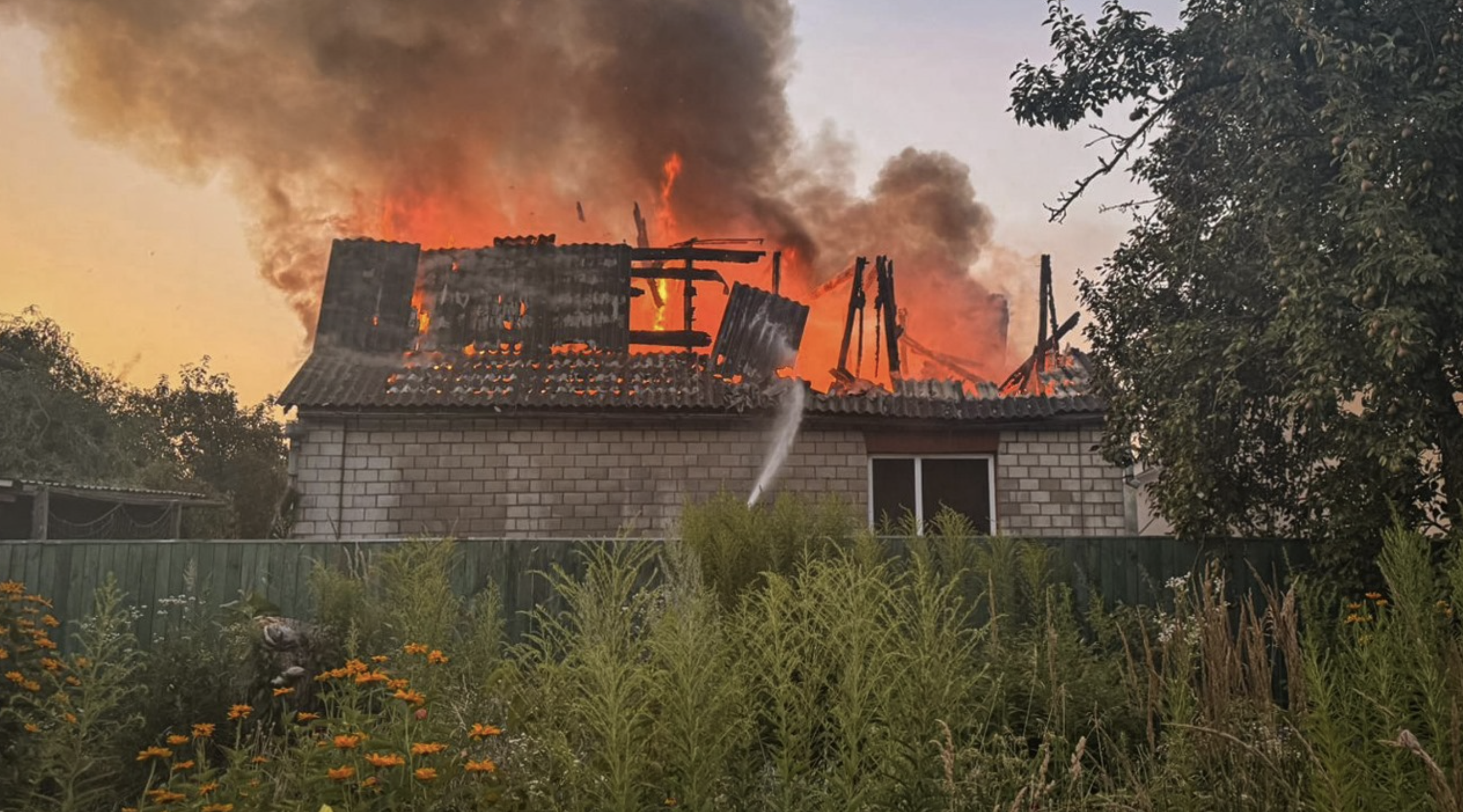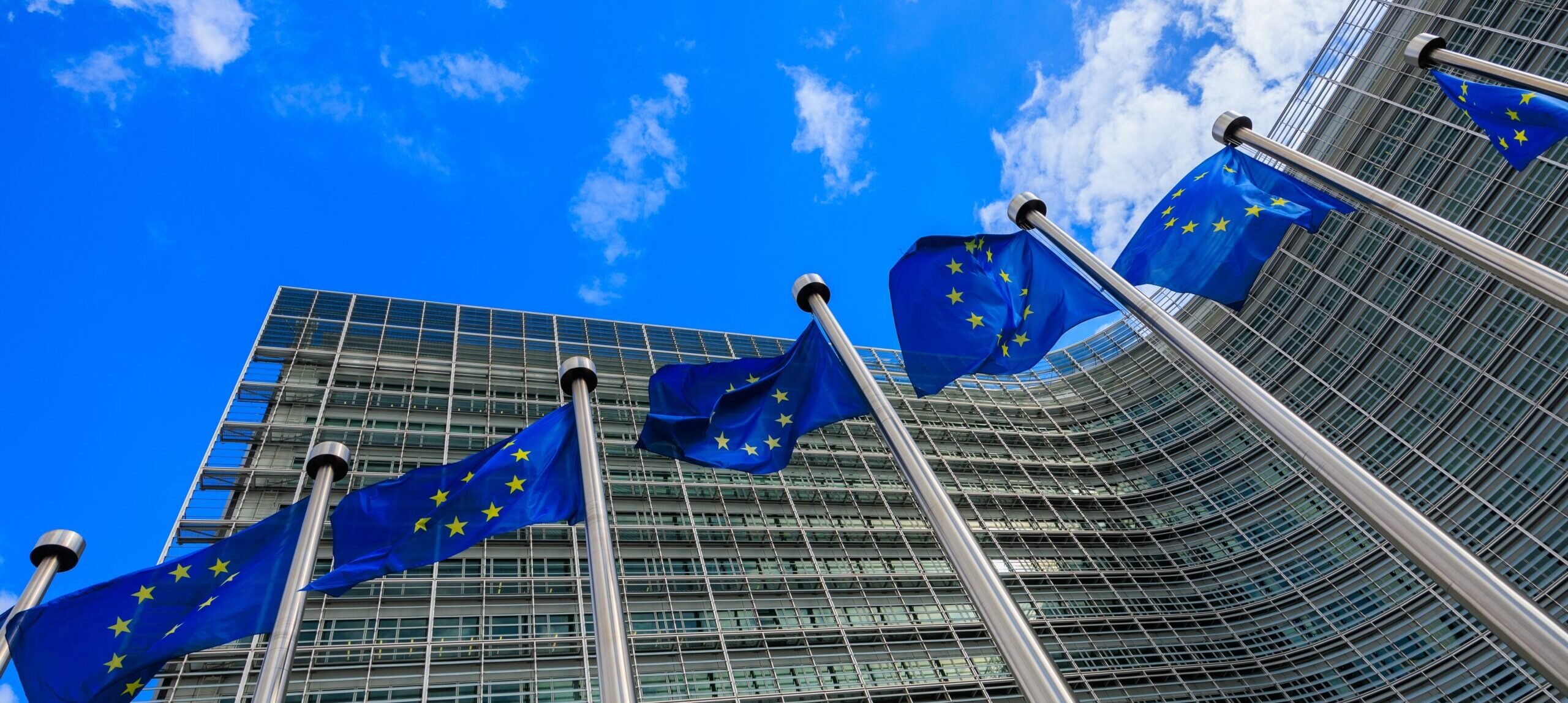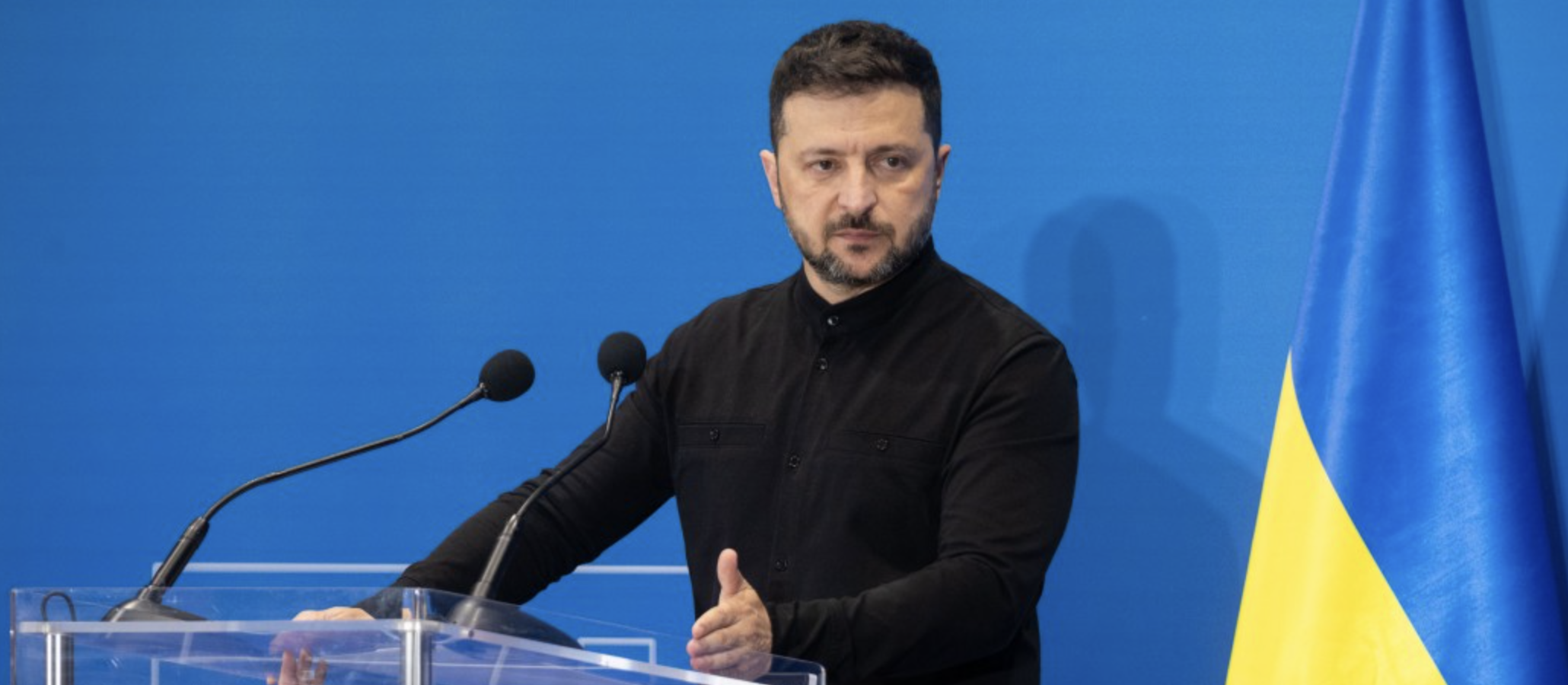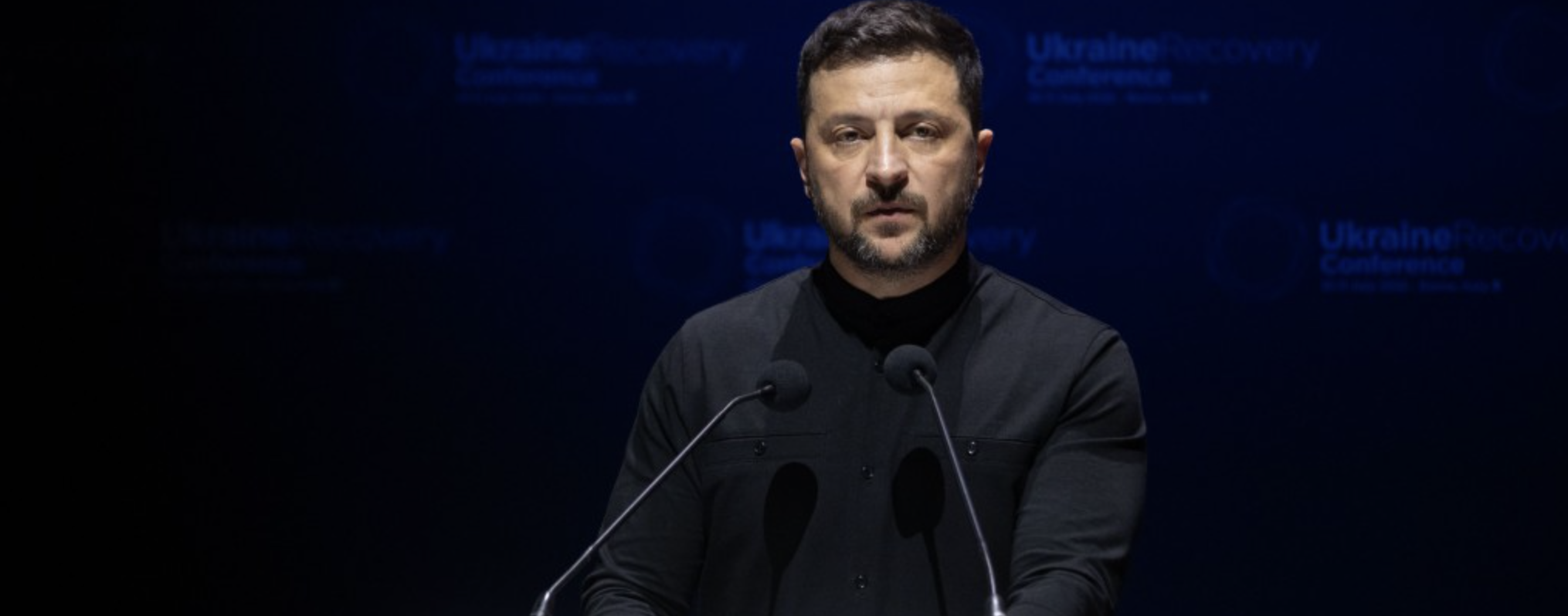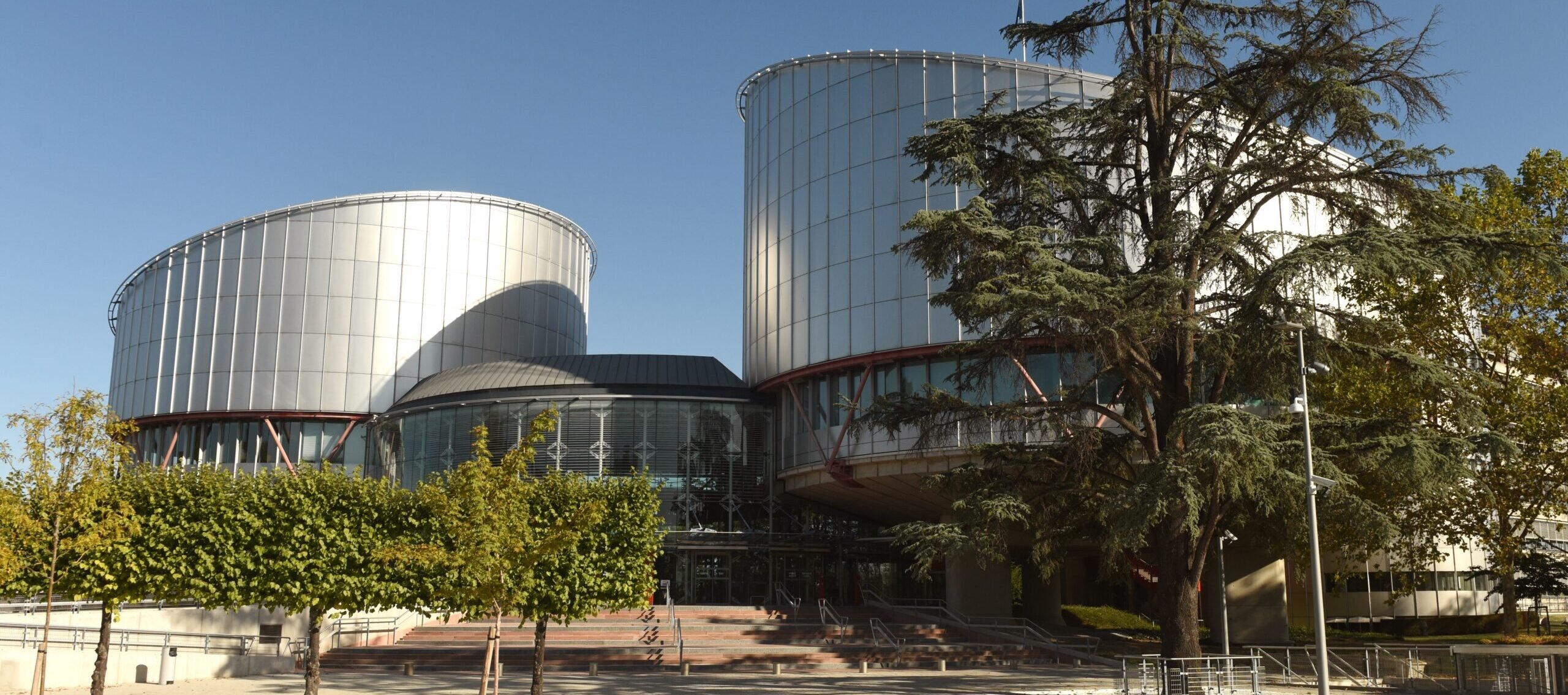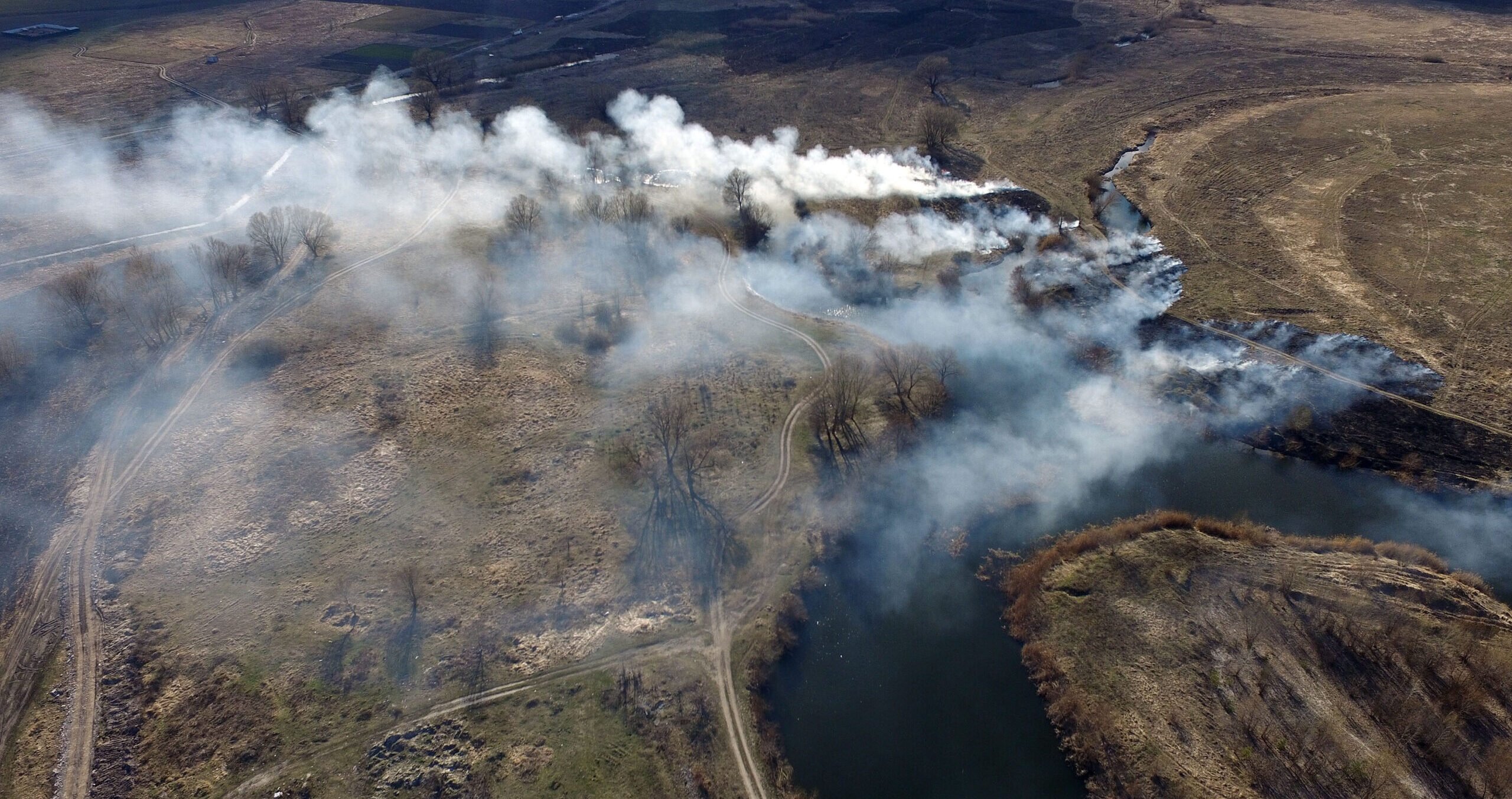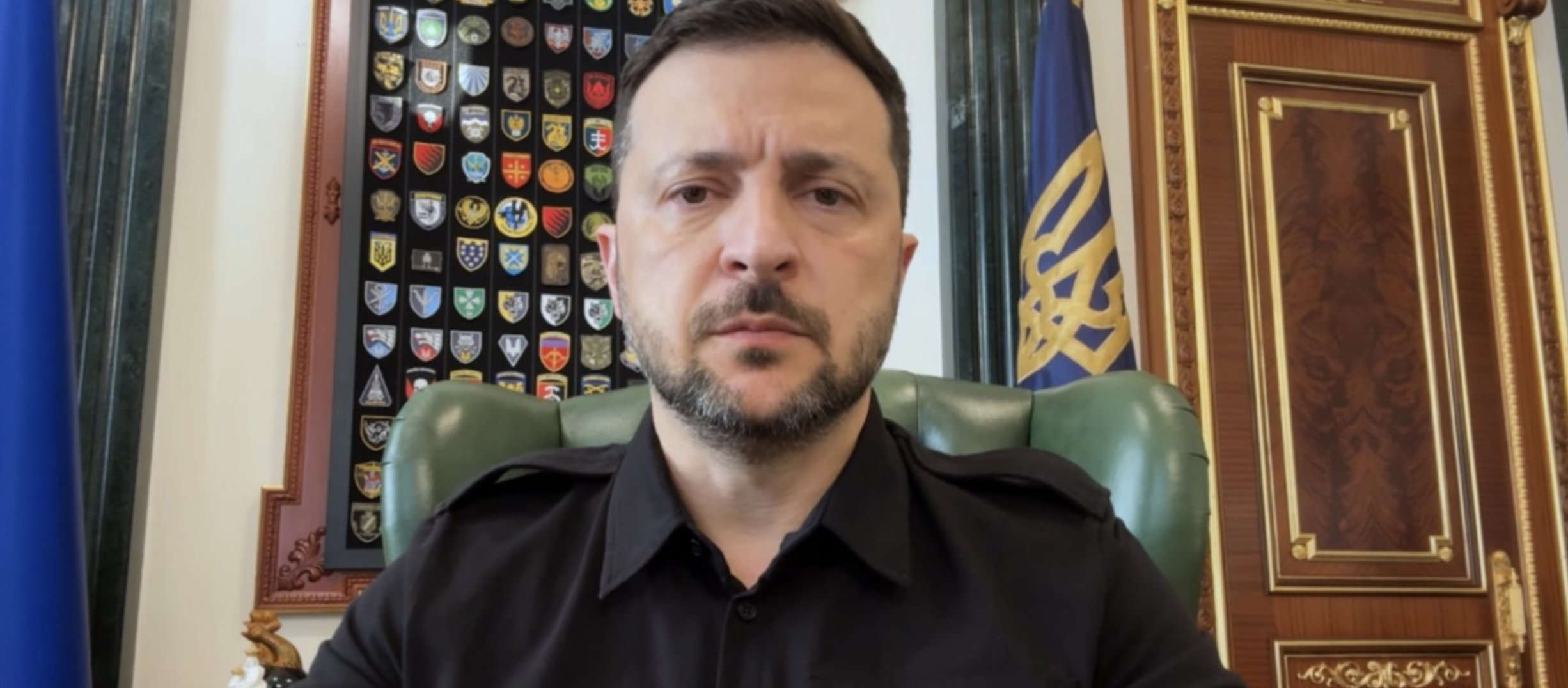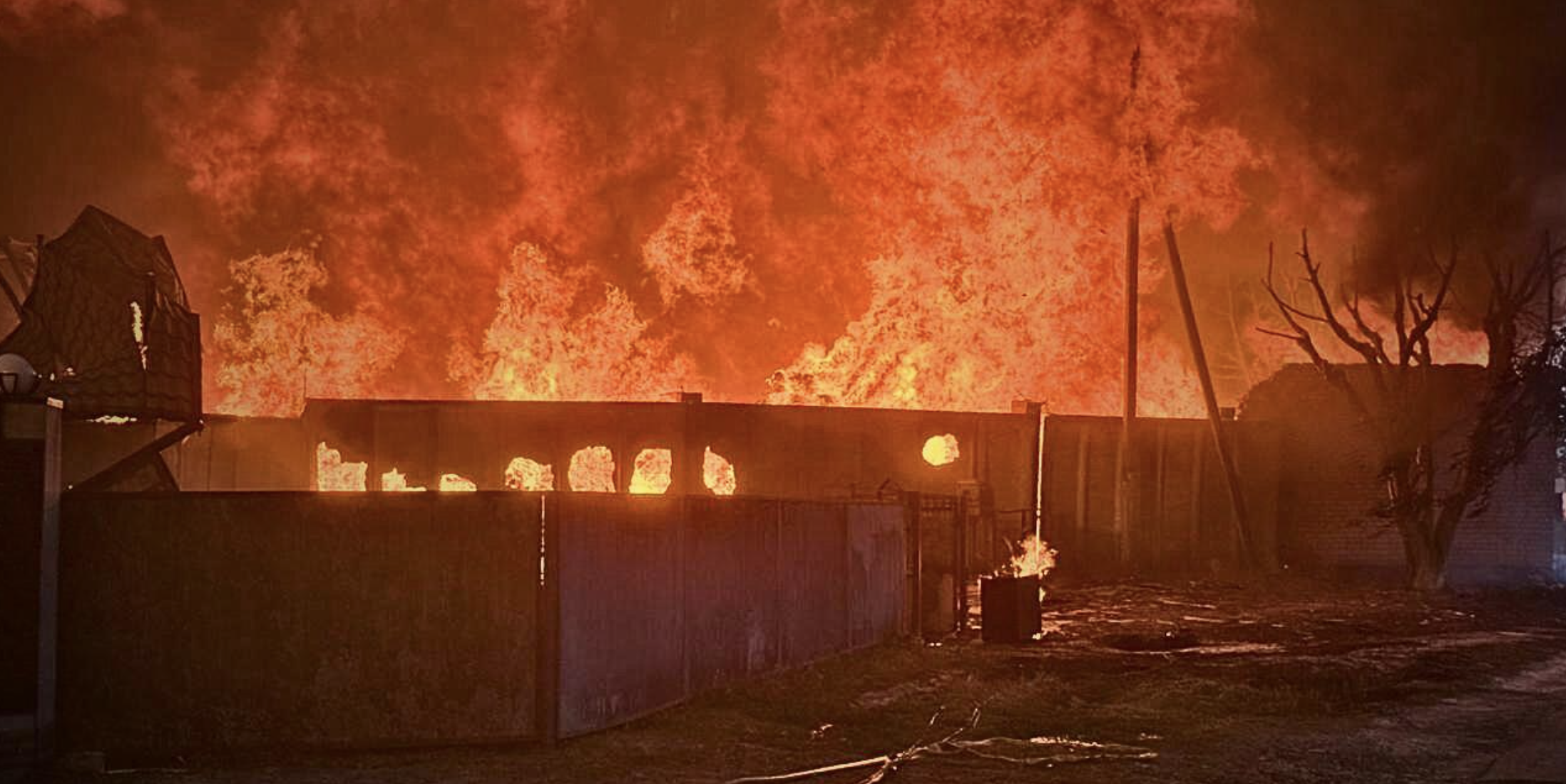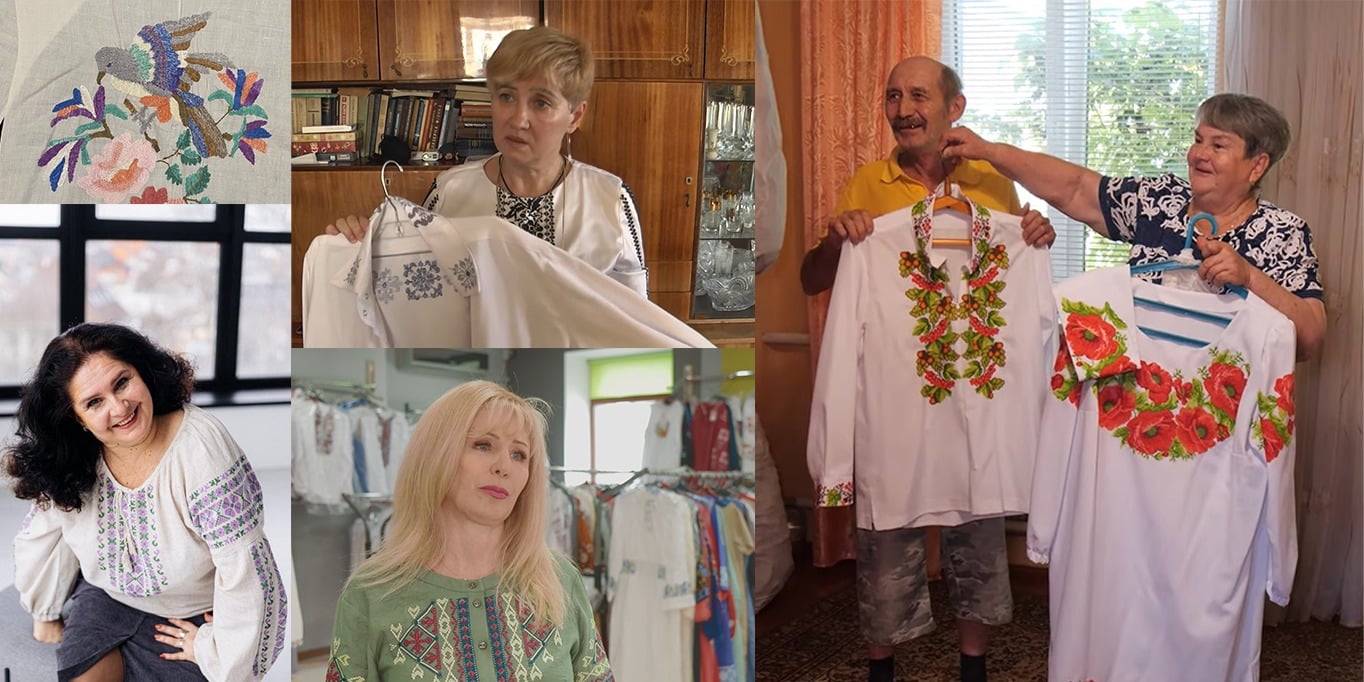
Today, May 16, marks the celebration of Vyshyvanka Day in Ukraine and worldwide. This day honors the Vyshyvanka – an embroidered shirt that is a vital symbol of Ukrainian culture and heritage. It represents the connection, national richness, beauty, and resilience across generations. Despite historical and ongoing attempts by Russia and its Soviet predecessor to suppress this symbol, Ukrainians continue to cherish their Vyshyvankas, often at great personal risk. The Ukrainian World Congress highlights this defiance with five impactful stories of individuals proudly wearing Vyshyvankas today.
Buried Vyshyvankas
Olena Diakova, a resident of the village of Kapytolivka in Kharkiv Oblast, which Russians occupied in March 2022, hid her family’s Vyshyvankas in a three-liter jar. The container was buried in the yard so that the Russians, who were searching houses, wouldn’t see it. The occupants came to the house several times, peeking into the greenhouse where the shirts were kept.
During the occupation, Olena and her husband Volodymyr supported Ukrainian defenders by tuning into Ukrainian radio with a stolen battery. Despite the risks, including potential execution for wearing a Vyshyvanka, they preserved symbols of Ukrainian independence, believing Ukraine would reclaim their area. After their town, Kapytolivka, was liberated, they shared their story. On March 3, 2023, they celebrated a long-postponed wedding anniversary in their traditional Vyshyvankas.
Evacuated Vyshyvankas
Olena Yaroshuk, a Ukrainian language teacher from Donetsk, consistently wore Vyshyvankas to work. Following the full-scale invasion and the subsequent occupation of her town by Russian forces, Olena, who is also the mother of a Ukrainian defender, made the decision to leave.
“I took these Vyshyvankas, which I embroidered myself, out of the occupied territory. For me, it’s sacred, it’s not just a fashion statement, it’s a talisman,” says Olena.
She prioritized her Vyshyvankas when forced to choose only a few belongings to take from home. Now resettled in Volyn, her family supports the military and crafts patriotic toys.
“Every day I think about what I can do for victory. I wanted to volunteer, but my kids say, ‘Mom, take care of yourself.’ And I found girls who are part of the ‘Spider’ group, and they knit camouflage nets,” Olena said.
Occupied Vyshyvankas
During the 255-day Russian occupation of Kherson, embroiderer Inna Mykutska not only kept a diary but also created the “Vyshyvanka Chronicles” – shirts symbolizing Victory and Liberation. Despite sometimes embroidering for 8–12 hours a day, Russian terror often left her too demoralized and drained to continue her work.
“I wanted something bright, cheerful, spring-like, or summery. And I found a pattern embroidered with a running stitch – an ancient Transcarpathian or Subcarpathian shirt, I can’t remember exactly now – I adapted it for cross-stitch and decided to work in those colors,” Inna explained. And so she began to embroider.
Russians were everywhere, so the Vyshyvankas had to be carefully hidden. A friend of hers hid a part of the shirts, while Inna hid others in the pantry.
When Ukrainian forces liberated Kherson, a local woman experienced immense relief. Today, her artistic creations are featured in an exhibition showcasing Kherson artists.
Covertly saved Vyshyvankas
Olena Zinova, who owned a Vyshyvanka store in central Kherson, watched anxiously as a column of Russian vehicles entered the city, with one stopping near her shop. “There were so many vehicles, they were moving in such columns that it was impossible to count,” the woman recounts.
When Russians approached the market, Olena, aware of the Ukrainian ornaments decorating her store, recognized the danger. She spent three days evacuating the Vyshyvankas. Ultimately, the Ukrainian symbols were successfully transported through 33 checkpoints manned by the Russian army.
“For three days, we spent a night in Vasilyivka. A night in the field, next to the Chechens – I will never forget it, it was scary, very scary. To get out 32 bags of goods with Vyshyvankas, as the SSU [Security Service of Ukraine] told us when they met us in the Zaporizhzhia Oblast on our territory – they said, ‘Are you crazy?'” she says.
Later, Olena opened a store in Kryvyi Rih, selling Vyshyvankas that she saved from the Russian occupiers.
Rescued Vyshyvankas
In May 2023, Ukrainian defenders rescued ancient Vyshyvankas from a Russian-devastated village in Kharkiv Oblast, risking their lives to save culturally significant items like shirts, towels, and tablecloths and relocating them to safety in Chernivtsi.
During their operations in the area, they uncovered a ruined ethnographic museum filled with traditional Slobozhanshchyna garments and other embroidered items. One determined soldier contacted Lesia Voronyuk, founder of Vyshyvanka Day, and arranged for these valuable artifacts to be safely transported and preserved.
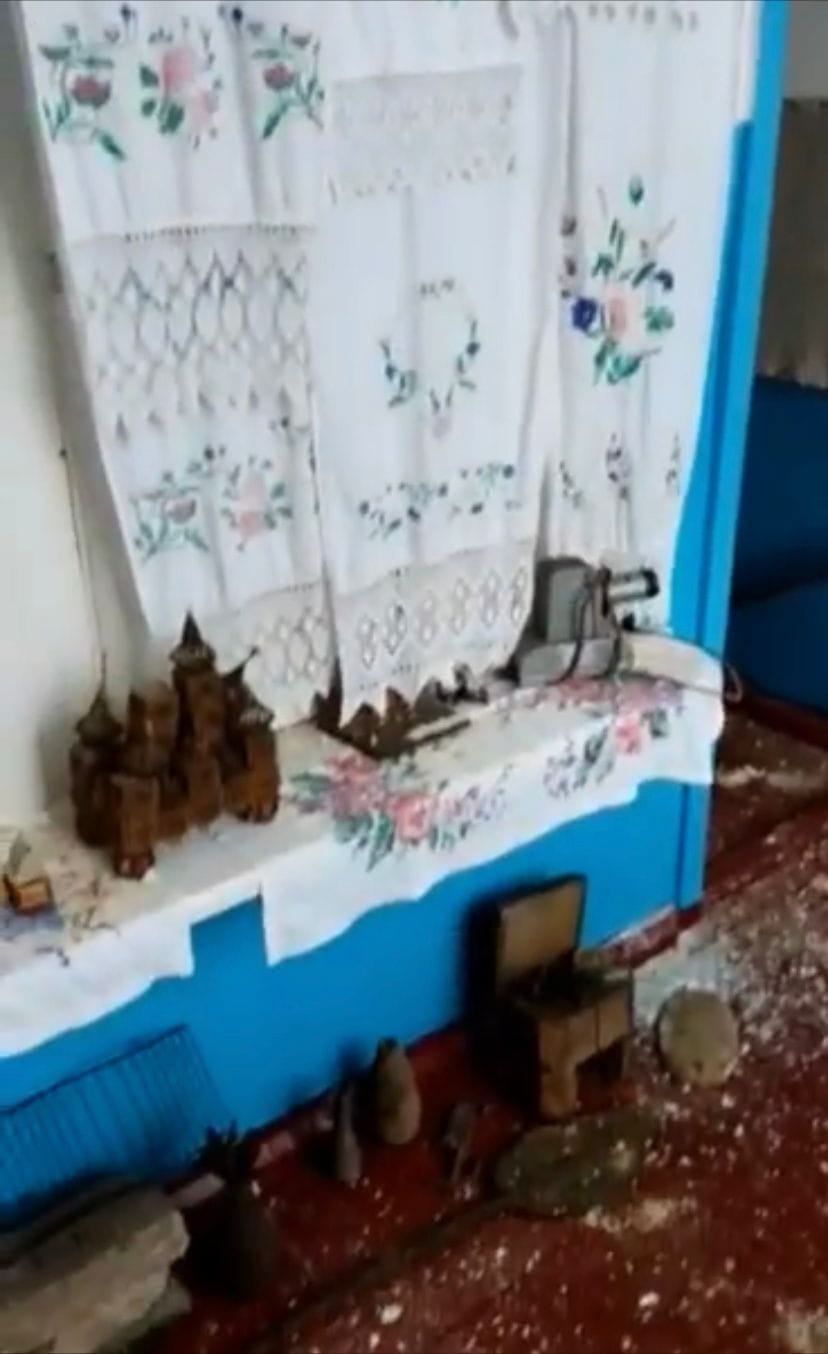
Currently, the Vyshyvankas are kept in a museum. When the original school and museum are restored, Ukrainian symbolism will be returned to Kharkiv Oblast.
